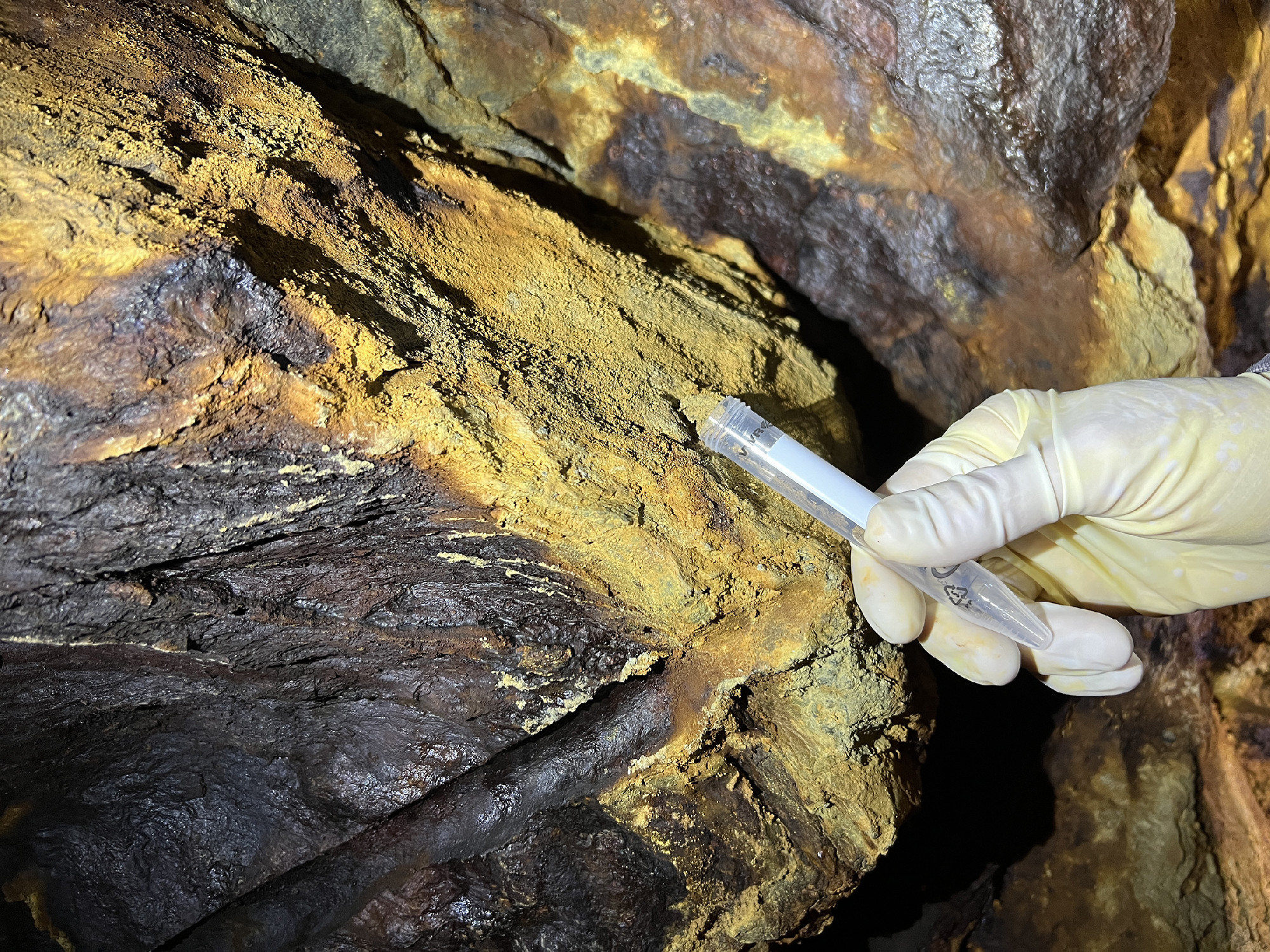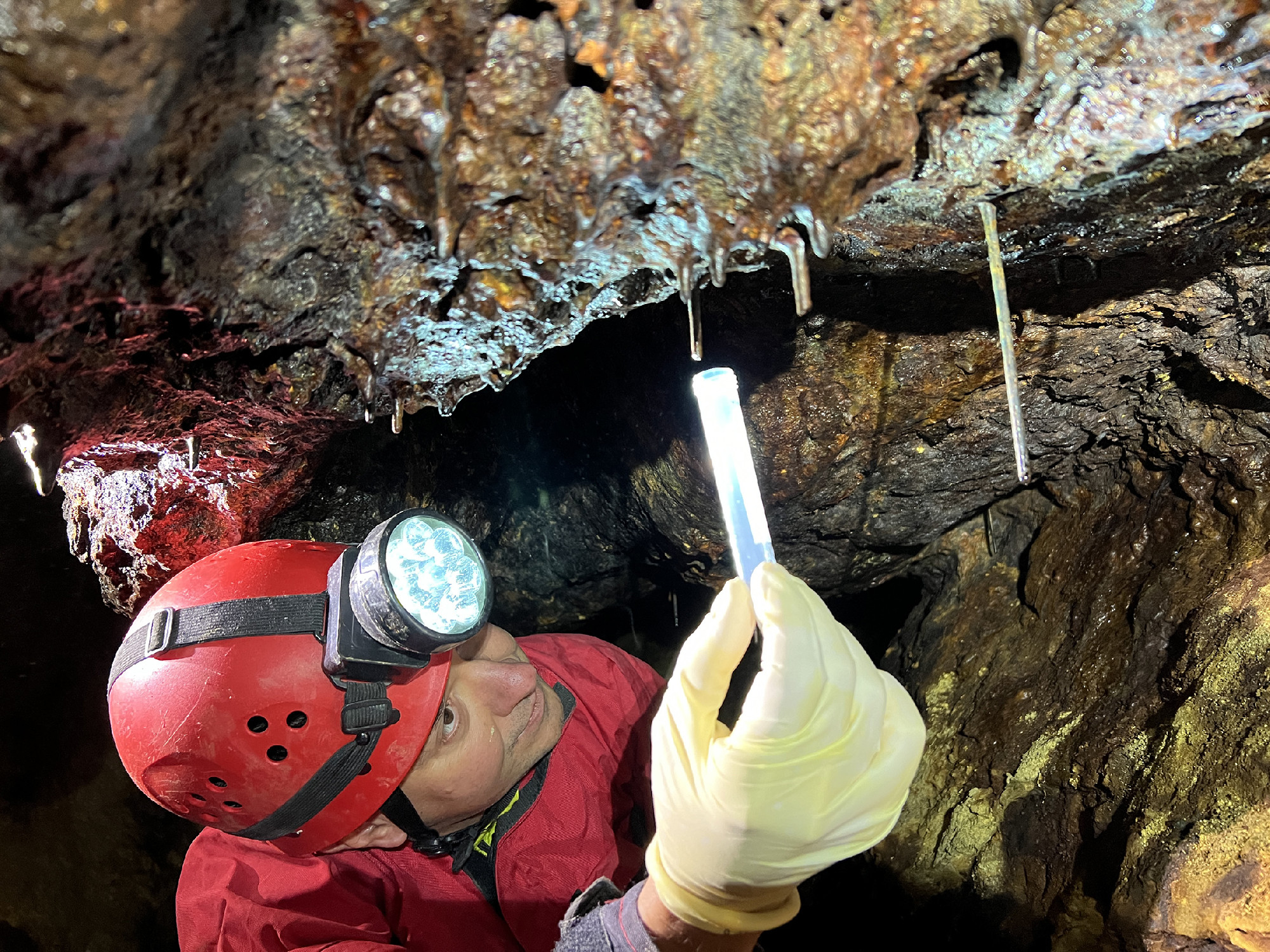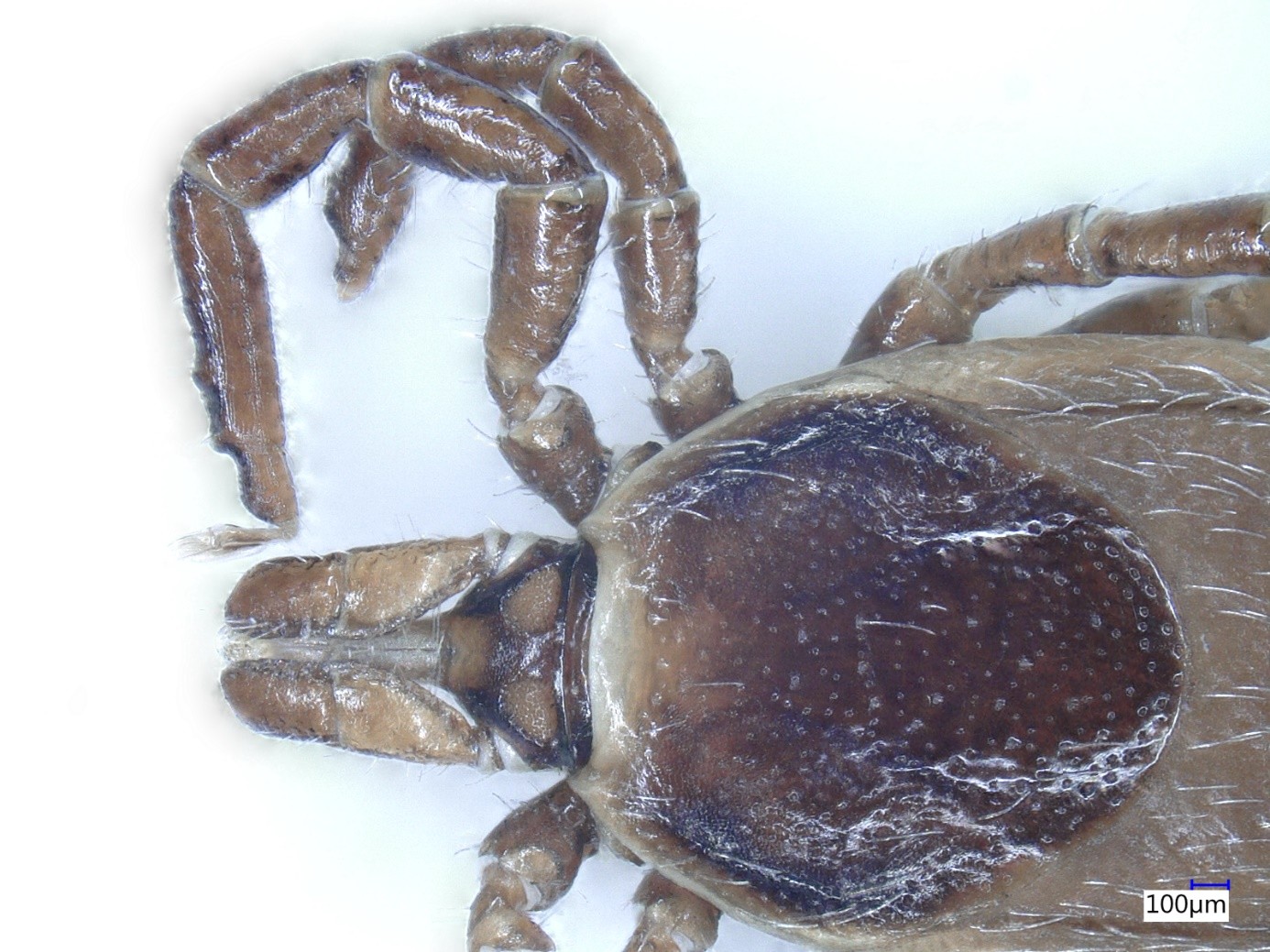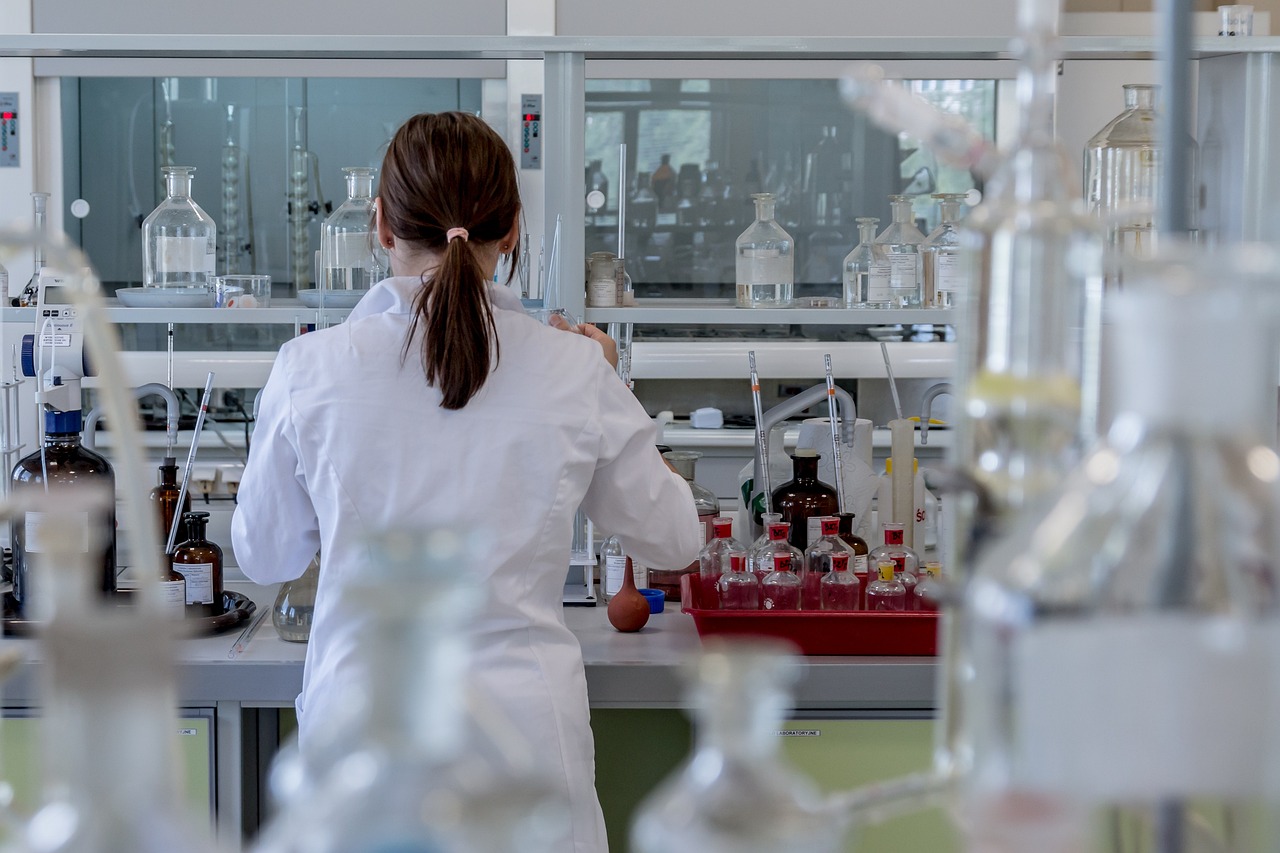Search for the secrets of bacteria in Alpine ice caves
Hungarian and Austrian researchers highlight that understanding how bacteria adapt to extreme conditions could inspire new biotechnological solutions. The international research team NANOCAVE, in collaboration with universities and institutes in Hungary and Austria, is currently investigating bacteria adapted to the iron oxide-rich environments of alpine caves.
By studying bacteria living in extreme environments, we can understand the strategies needed to adapt to extreme environmental conditions and learn about biochemical processes that could lead to novel biotechnological applications. Researchers from the NANOmineralogy of CAVE Deposits (NANOCAVE) research group, a collaborative initiative between the HUN-REN Research Centre for Astronomy and Earth Sciences, the Institute of Geology and Geochemistry and the Innsbruck Quaternary Research Group at the University of Innsbruck, the Eötvös Loránd University, the University of Sopron, and the University of Pannonia, are investigating the unique microbial communities thriving in ice caves
The team’s recent work, focusing on bacterial communities in alpine carbonate environments, was published in Scientific Reports, a Springer Nature journal. Building on this success, their research now shifts to examining bacteria adapted to iron oxide habitats within cold caves, with the potential to further expand our understanding of chemolithotrophic life forms and their role in mineral transformations.
While the role of prokaryotes in temperate caves and their contribution to biogeochemical cycles has been widely documented, knowledge about bacterial communities in high-altitude ice caves remains limited. These extreme environments pose significant challenges for bacterial survival, including permanently low temperatures (< 1 °C), high concentrations of calcium (Ca2+) and locally also magnesium (Mg2+), low levels of organic matter and desiccation stress on the cave walls. Studying these cold-adapted bacterial communities provides valuable insight into how organisms adapt to such harsh conditions, as well as the biochemical processes and enzyme reactions they use - knowledge that could be applied to the degradation of hydrocarbons and other biotechnological applications.

Photo: Christopher Spoetli
The NANOCAVE research group in collaboration with the Eötvös Loránd University and the University of Sopron have investigated the bacterial and archaeal communities of the Obstans ice cave (Carnic Alps, Austria) by using next-generation amplicon sequencing, cultured bacterial strains at 10 °C and studied their metabolism. The findings were recently reported in the journal Scientific Reports. The scientists found that a large number of psychrotolerant (temperature optimum between 20-40°C, but able to grow at 0°C), psychrophilic (temperature optimum of 15°C) and chemoorganotrophic (energy source from the oxidation of reduced organic compounds) bacterial strains (e.g., Flavobacterium, Alkanindiges, Polaromonas, Pseudonocardia, Blastocatella) have adapted to the extreme environment. Cultivation experiments with bacteria from the ice cave resulted in the formation of ~0.2 mm calcium and magnesium carbonates at 10°C over a period of a few weeks. These new results suggest that the high diversity of prokaryotic communities, which has been detected in cryogenic subsurface environments, actively contributes to carbonate precipitation, although it is at the physical limit of the presence of liquid water.
Continuing the successful collaboration, the researchers collected samples for bacteriological analysis from an abandoned mine at an altitude of 2,500 metres above sea level in the Austrian Alps at the end of September. A peculiarity of the site is that iron oxyhydroxide speleothems including soda straws and standing stalagmites formed at a ~2 °C. Such formations are often found in abandoned ore mines, but their occurrence in such a low-temperature environment has never been investigated. A particularly intriguing question is whether microbes adapted to cryogenic temperatures are involved in the formation of these speleothems.
During the study trip, Czuppon György, Németh Péter and Christoph Spötl, the members of NANOCAVE researcher group, obtained samples from drip water as well as the walls and top of the iron oxyhydroxide speleothems. As a control sample, fine-grained sediments were collected from one of the mine’s wall. The samples were collected in sterile conditions, stored in a refrigerator and brought to the Department of Microbiology at ELTE. The researchers believe that by examining these samples, they can gain new insights into the world of bacteria adapted to the iron oxide habitats of cryogenic environments, learn how they obtain the energy needed for their metabolic activities, and answer the question of how they contribute to the formation of iron oxyhydroxide speleothems.

Photo: Christoph Spötl

